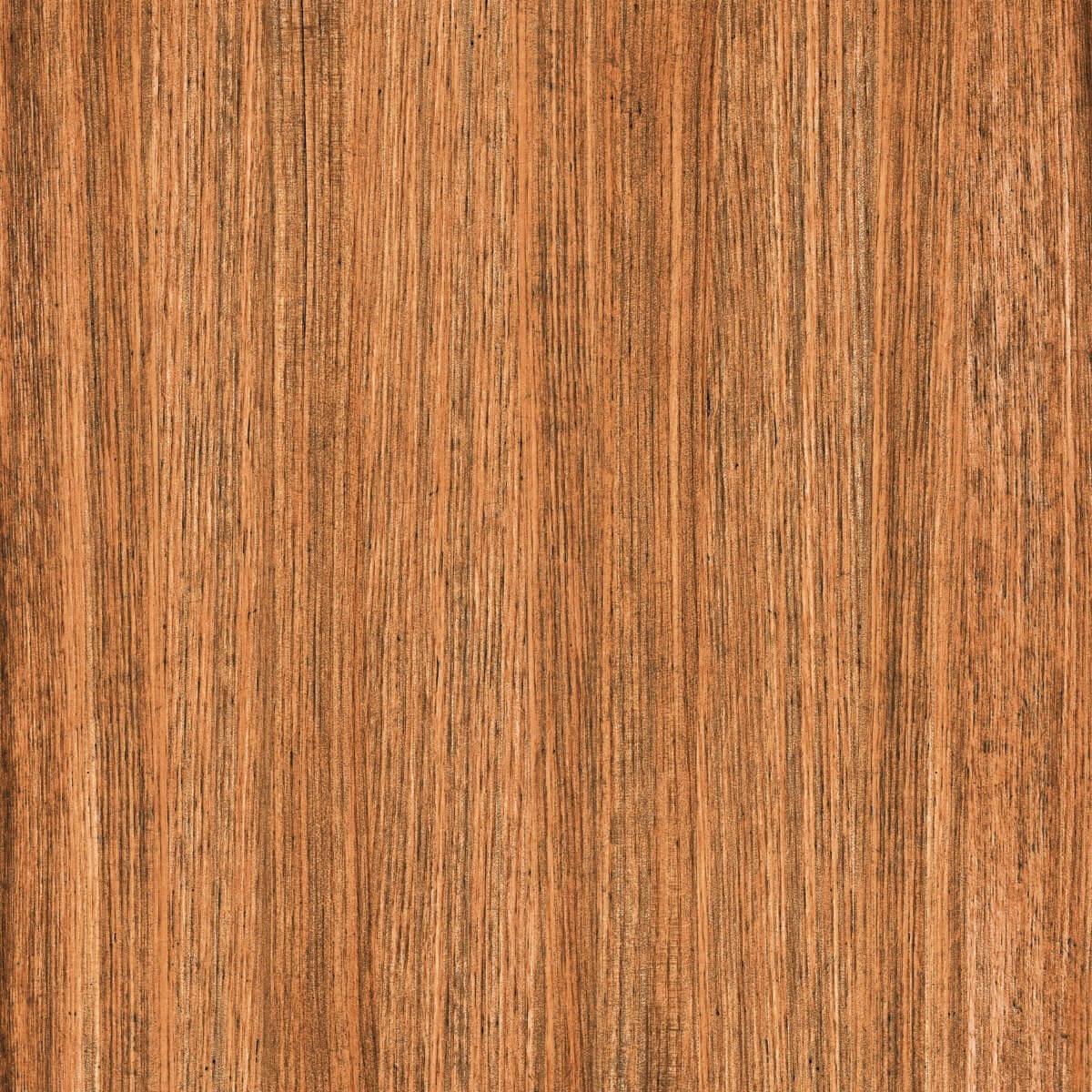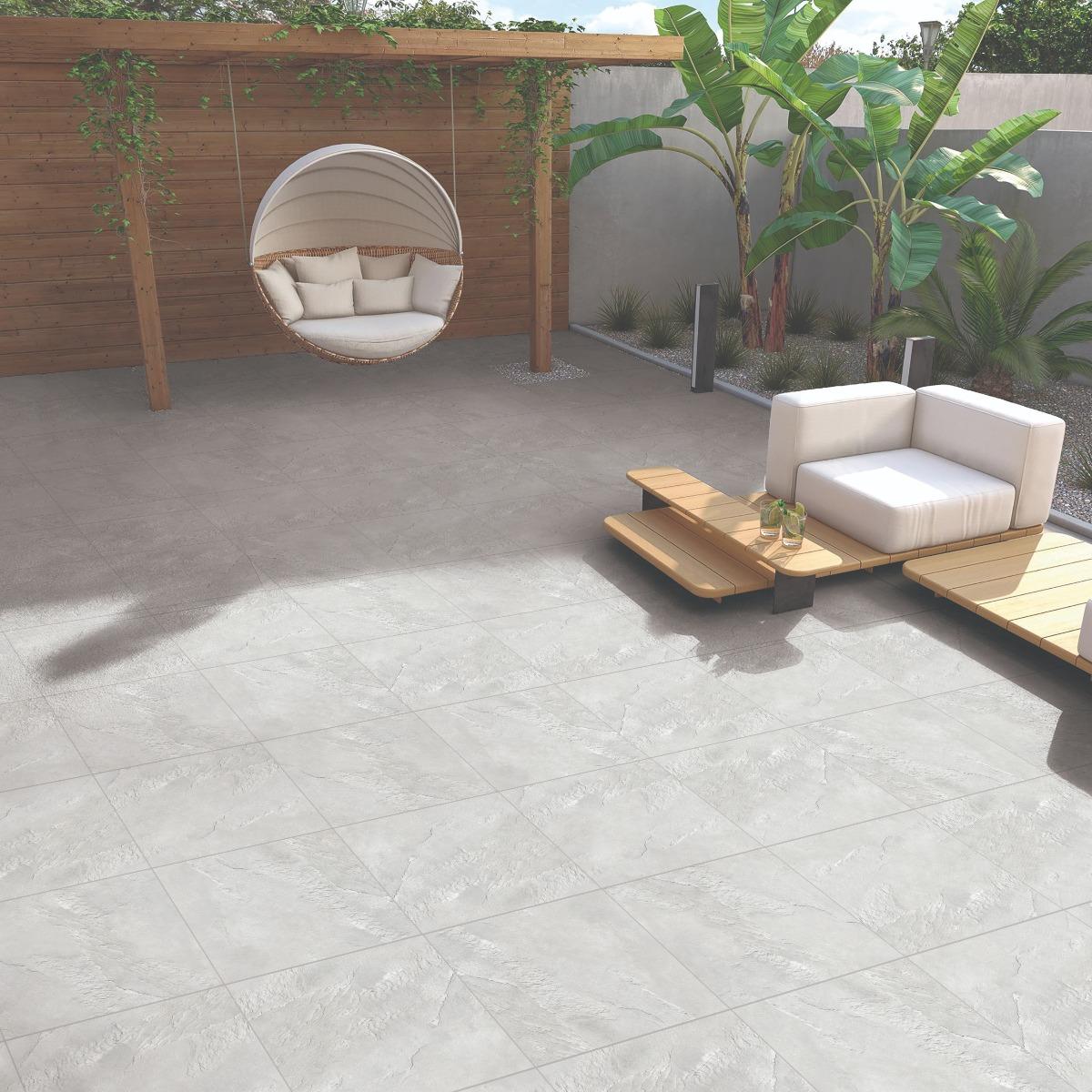Creating a home is often a deeply personal endeavor. It’s something that reflects you and is nearest to your heart. Building a home needs not just precision and calculation but also engages your heart and soul. When it comes to renovating or re-decorating a space, tiling has recently emerged as one of the most popular options. Your tiling needs may be different: It may be the entire building, a few rooms, or just a corner of a place. Tiles can create your desired decor and feel, irrespective of the size of your home, and that too in a very convenient way. Tiling has also become a common alternative due to a variety of factors such as cost-effectiveness, ease of installation, durability, and low maintenance.

Choosing tiles also is a very personal decision. Irrespective of what anyone says, it is very important that the tile you choose is close to your heart because after all, it’s your space to live in. You get to choose whether the room will shine with super glossy tiles or be smooth yet subdued with a matte finish. You get to decide If you want to tile the entire with a uniform theme or want a unique theme for separate spaces. You can tile it in a sophisticated black and white design or fill it with vibrant color in perfect harmony. Overall, you are free to do whatever makes you feel at ease.

When you opt for tiles, you have many decisions to make. One of the major decisions in this regard is how many tiles should you buy? Well, if you have to decide on the number of tiles required, then you will need to figure out some stuff. Let’s see what that is.
How Many Tiles Do I Need?
- Measure the area you want to tile
- Calculate the tiles required based on the size of the Tiles
- Snip-Chip Considerations
- Buy Some extra tiles
Total Tiles Required= Tiles required based on the size of the Tiles + Snip-Chip Considerations + extra tiles
Let’s Test your Measuring Skills, Shall We?
Measure the width and length of your desired space in feet, and then calculate the area you want to tile. Complete the task in segments if your room is not of regular shape. For example, if you have an L-shaped room, then calculate the area of two rectangles and then add them up.

Time for Some Maths
Examine the dimensions of the tiles you’d like to use in your chosen place. One square feet can be covered by a 12-by-12-inch tile, but four 6-by-6-inch tiles can be used instead. Multiply the number of tiles per square feet by the number of square feet needed.
Snip-Chip
It’s not uncommon to receive two or three percent of boxed tile broken or chipped, with manufacturers accepting up to 10 percent. Although broken tiles can be used in smaller areas where they can be cut to size, it’s worth ordering in a few extras in case you make a mistake or break a few.

How much extra tile to buy?
Well, the thumb rule says that you should always order 10% extra of the tile you think you’ll actually need. As mentioned before, it is not unusual for tiles to reach you a bit snipped and chipped. So to have a little extra in stock is always helpful so that the work does not get delayed. Another important reason why you should order extra tiles beforehand is that there are chances that once you have finally chosen a tile and have started the work, it is possible that you don’t find the exact color or the same tile in stock. Hence it is always advisable to order some extra.
How To Calculate Tiles Quantity – The Tile Calculator:
Orientbell has always believed in giving the easiest, fastest and safest solution to every tiling problem. When it comes to finding out the number of tiles required for a specific space, all you have to do is after selecting the tile of your choice, simply go to the Orientbell Tiles Calculator
Select the calculator, enter whether you’re wanting to tile your wall or floor, punch in the area, and trusting your Math skills we’ll give you the number of tiles you’ll be needing. However, if you’re not that confident about the calculation, you can leave that to us too. Just punch in the widths-heights and we’ll calculate the area for you and then tell you the number of tiles you’ll require. It’s that easy!




























